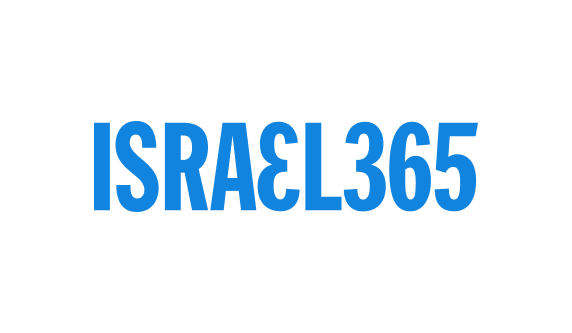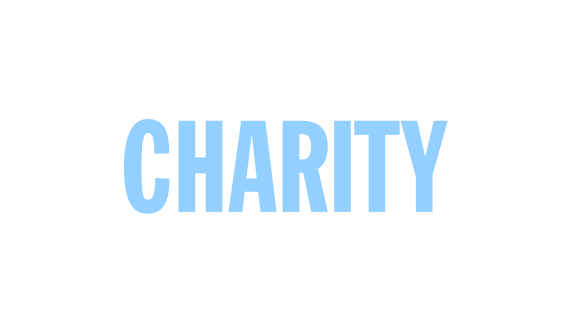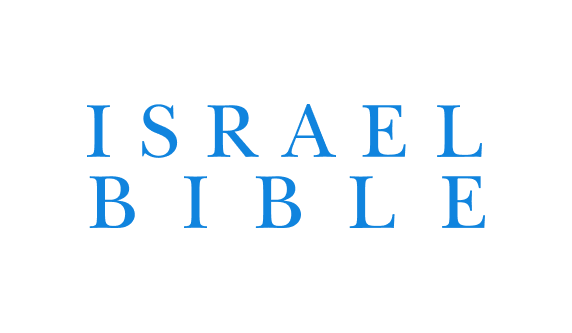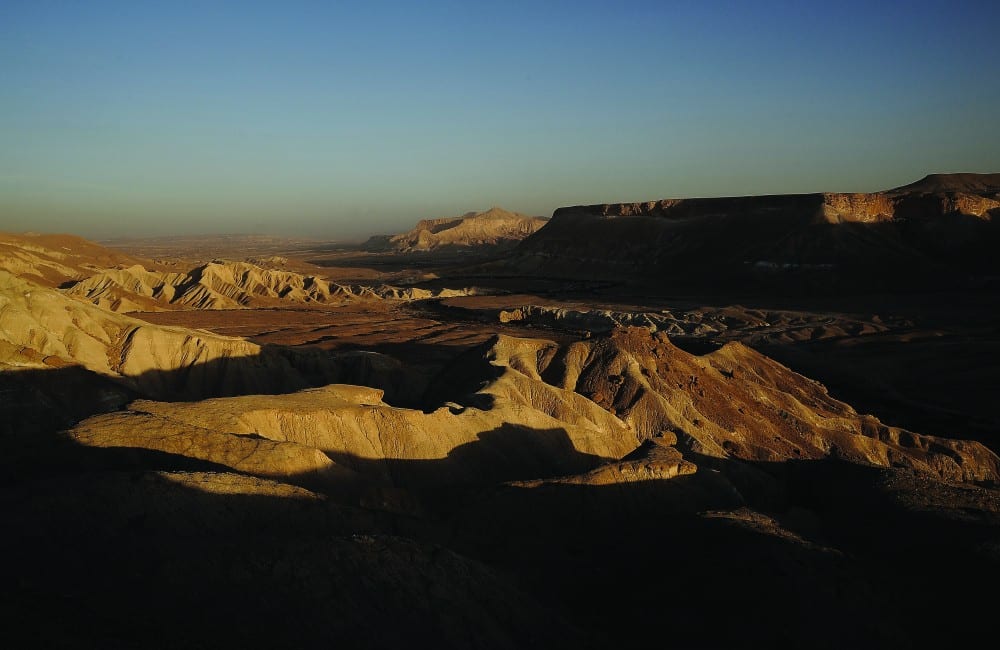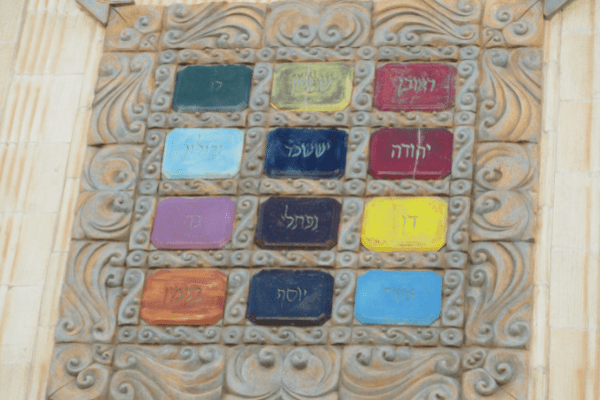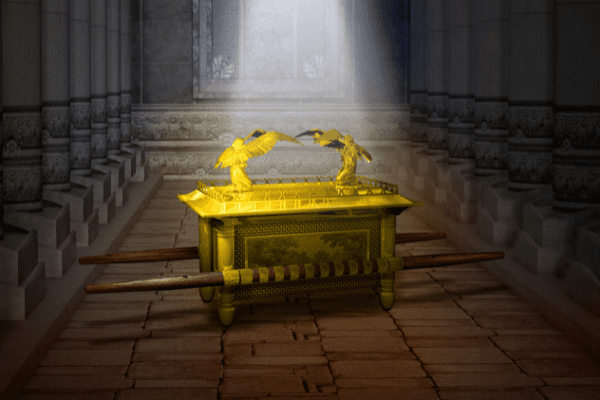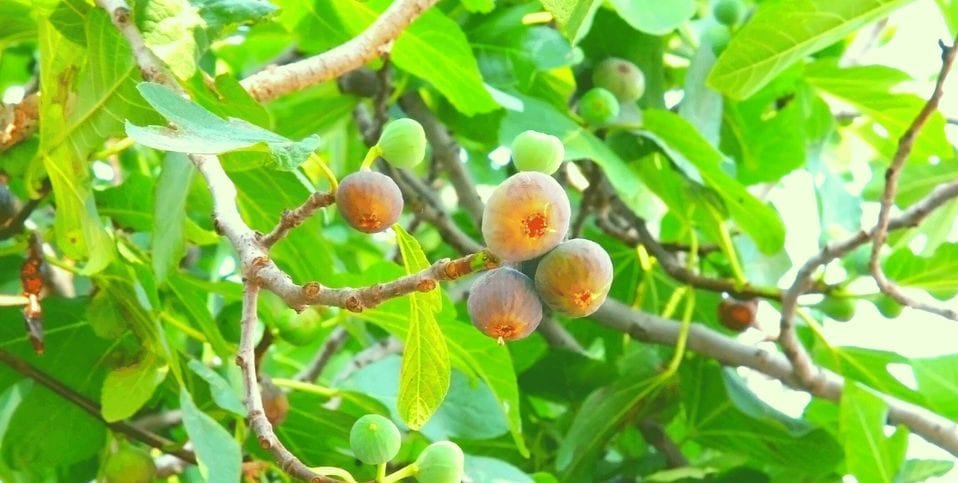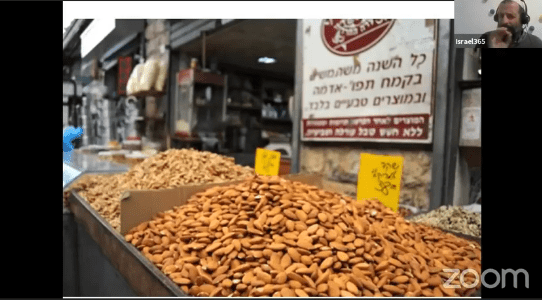
by Shira Schechter (Moderator) | f 18, 2024 | Tetzaveh
In the Torah portion of Tetzaveh (Exodus 27:20-30:10), we are introduced to the concept of the korban tamid, a daily offering brought twice a day: once in the morning and once in the afternoon. This ritual, a cornerstone of the ancient Temple service, symbolizes the...

by Shira Schechter (Moderator) | f 9, 2023 | Tetzaveh
This portion continues the themes of last week’s portion, describing the clothing the priests must wear to serve in the Tabernacle, the process by which they are to be consecrated, and the offerings they must bring, both when they are appointed and on a daily basis...
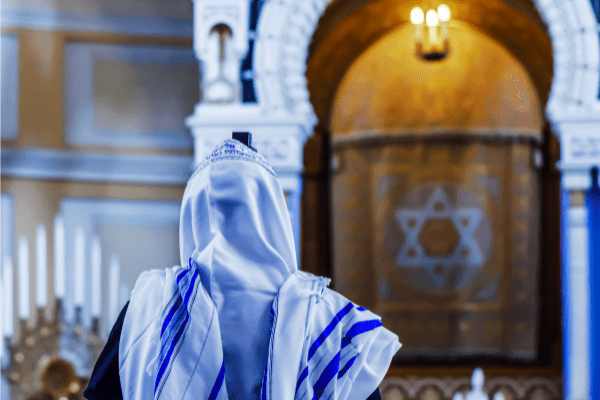
by Shira Schechter (Moderator) | f 11, 2022 | Chanukah, Miracles, Purity, Temple, Tetzaveh
When God instructs the Children of Israel to make the menorah, He tells them to gather oil “for kindling lamps regularly” (Exodus 27:20). Rashi explains that the light was to be lit all night, every night, though not necessarily during the day. The lights...
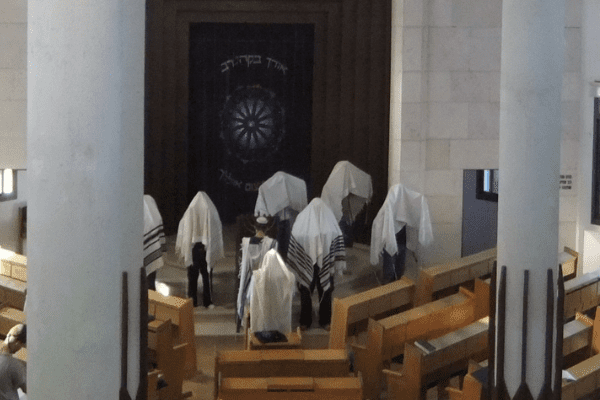
by Shira Schechter (Moderator) | f 10, 2022 | Temple, Tetzaveh
When Aaron and his sons were anointed in order to begin serving in the Tabernacle, it transformed their descendants for all time, establishing them as Kohanim (priests) and the only people to perform the Temple service. It should be noted that initially, the...
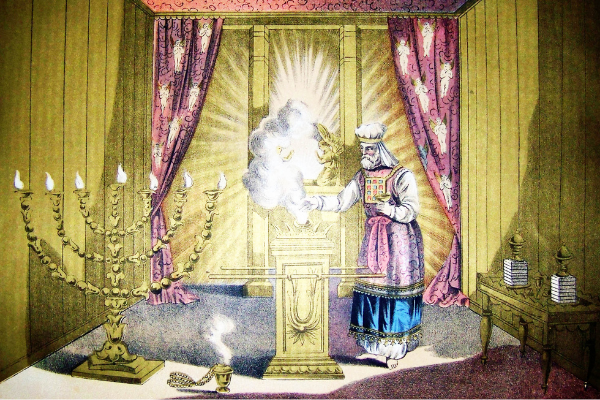
by Shira Schechter (Moderator) | f 8, 2022 | Israel, Temple, Tetzaveh
After instructing the Children of Israel about the priestly garments, God then describes the golden altar for offering incense. Similar to the Ark of the Covenant, the altar for the incense was made of acacia wood covered in gold. Rings were set in its corners and...
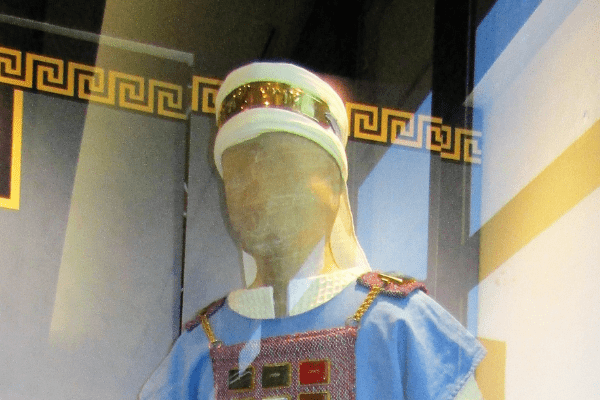
by Shira Schechter (Moderator) | f 7, 2022 | Temple, Tetzaveh
The Torah mandates eight garments for the Kohen Gadol (High Priest). Among them is the golden head-plate, or the tzitz (צִיץ), which was engraved with the words kodesh laHashem (קֹדֶשׁ לַיהֹוָה), ‘Holy to God.’ The word tzitz means ‘to blossom,’ or ‘a flower,’ and is...







